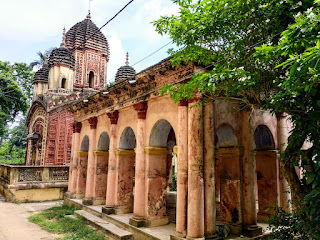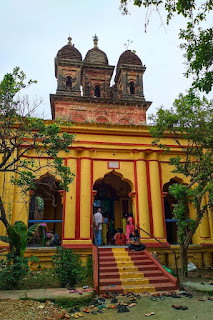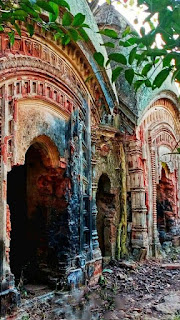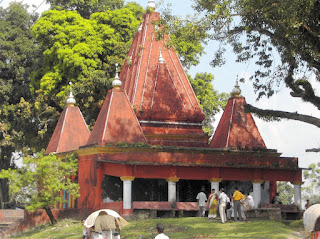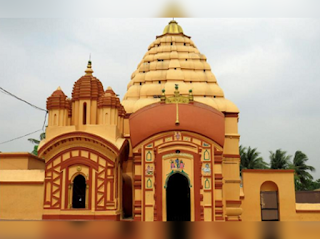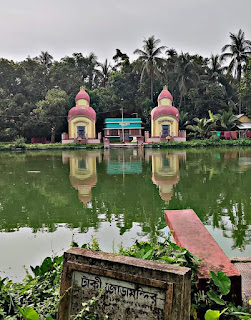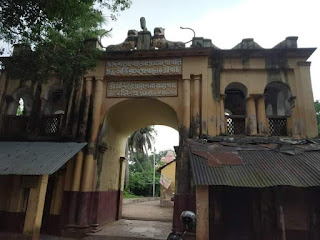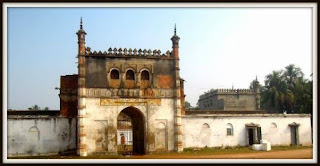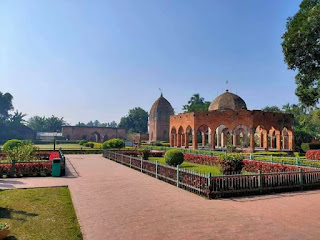Dasghara Village
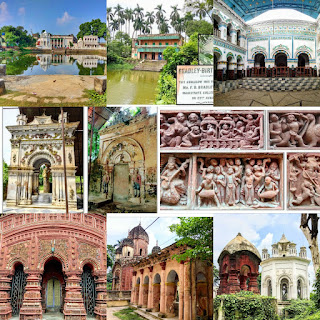
The recorded history of Dasghara goes back much further, around 800 years. A small village in Hooghly district about 65 km from Kolkata, Dasghara is a gram panchayat under the Dhaniakhali block, which is famous for its handloom jamdani saris. Historian Sudhirkumar Mitra, in his book Hooghly Jelar Itihas O Bangasamaj (1962), and Narendranath Bhattacharya, in his book Hugli Jelar Purakirti (1993), state that around seven thousand fifty years ago Dasghara was an important trading area in Bengal on the banks of the Bimala and Kananadi rivers, branches of the Damodar River. Since the fortunes of the town were tied to these rivers, the good times lasted till the Damodar River changed its course. During this time, Dasghara was the capital of Baraduari Raja, about whom very little is known. The remains of a fortress, temples and a tank namely Bisalakshir pukur at a place known as Baraduari are contrary popular belief to their royal palace. When the Bimala and Kananadi rivers started to dry and...

